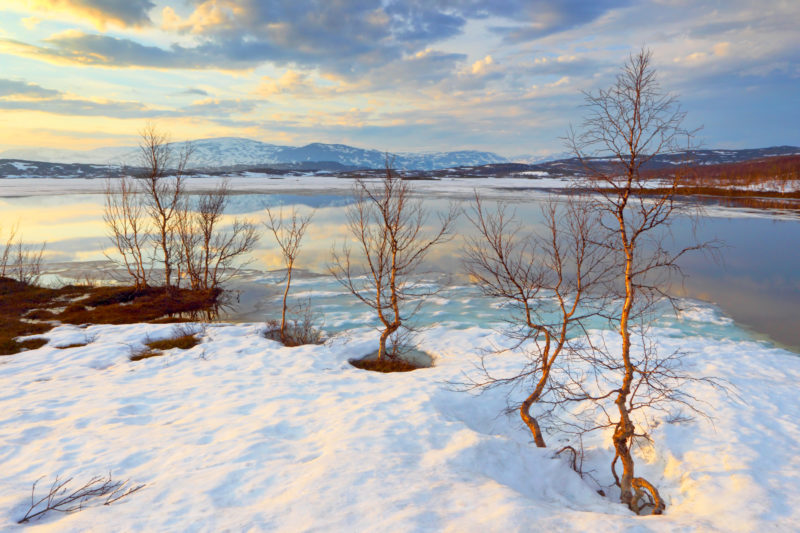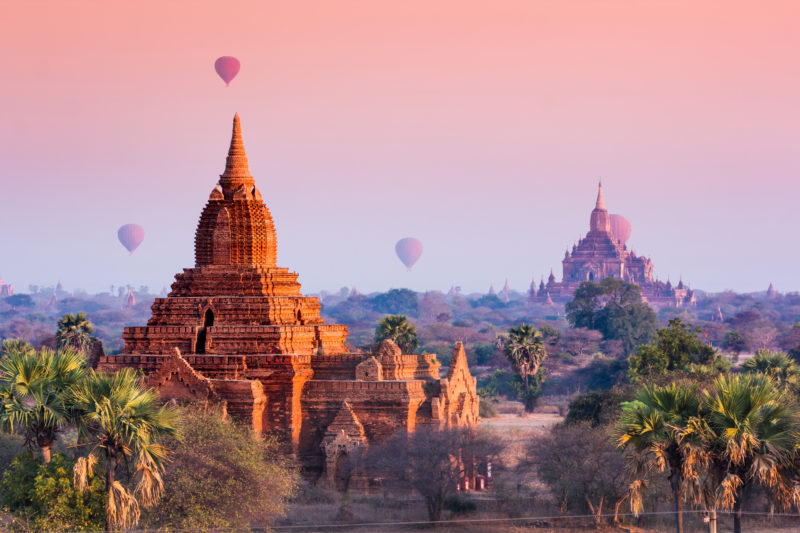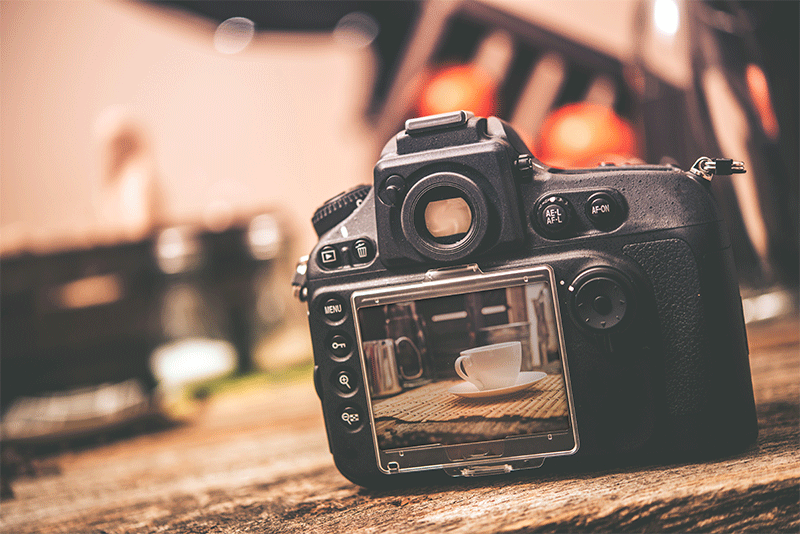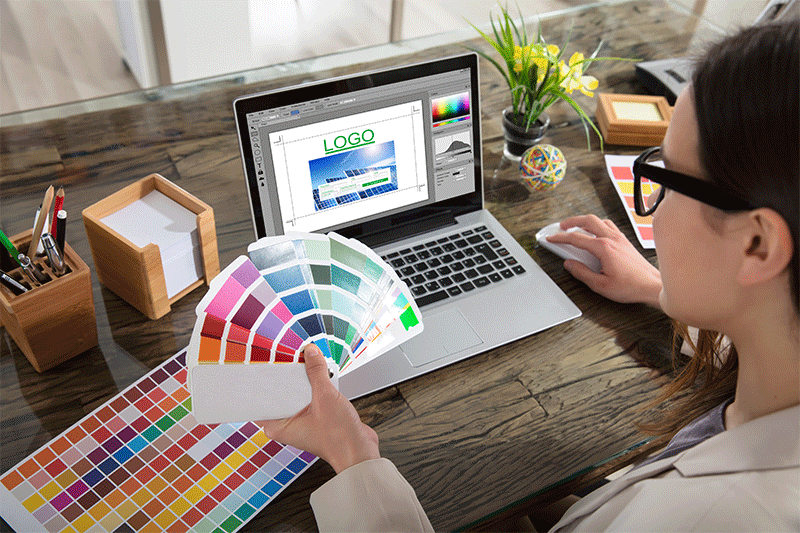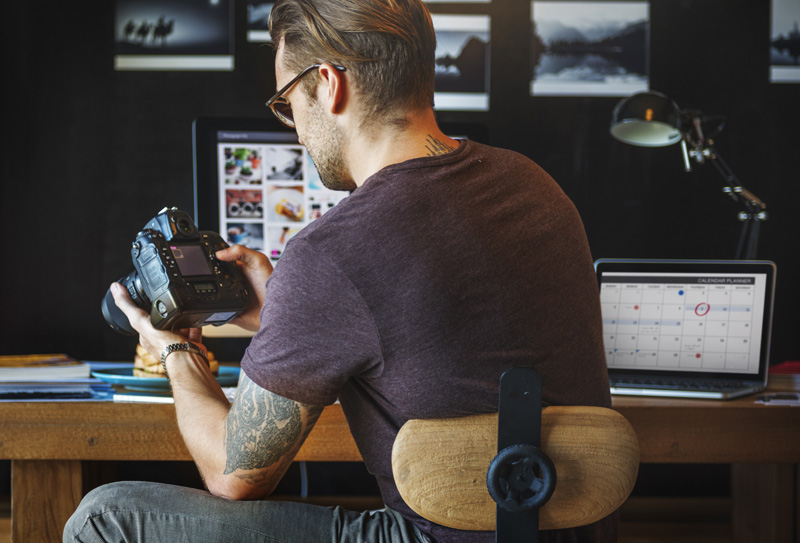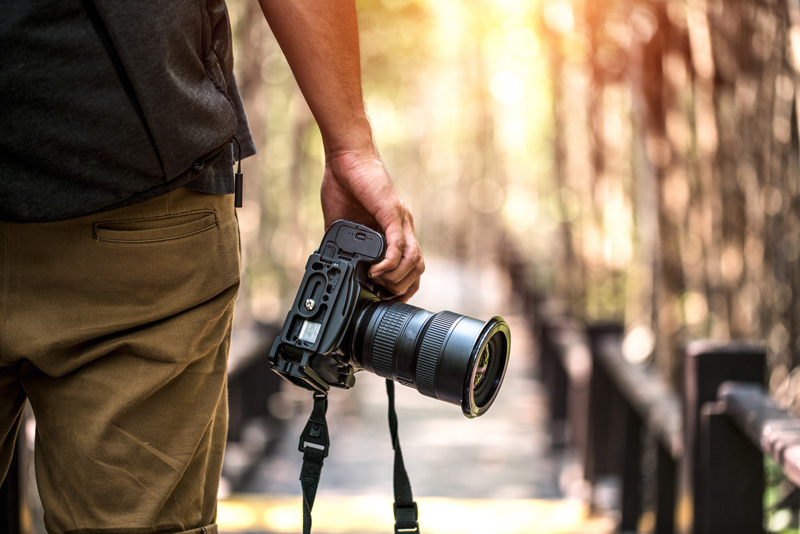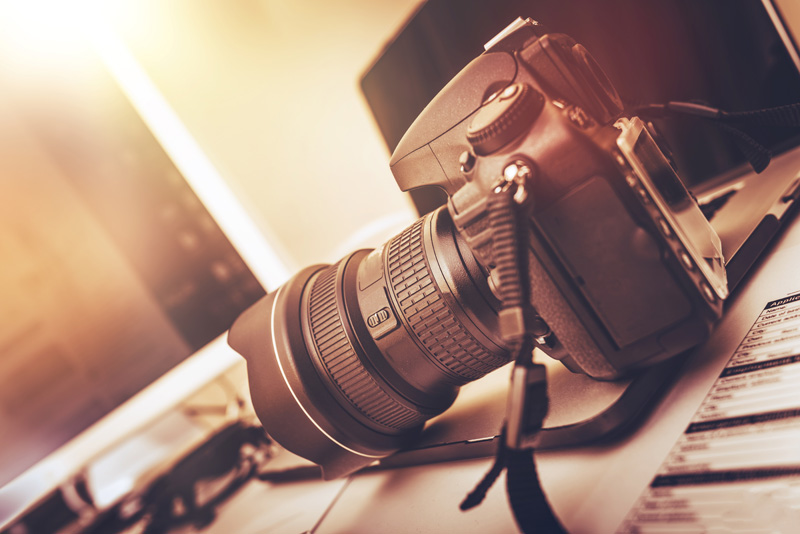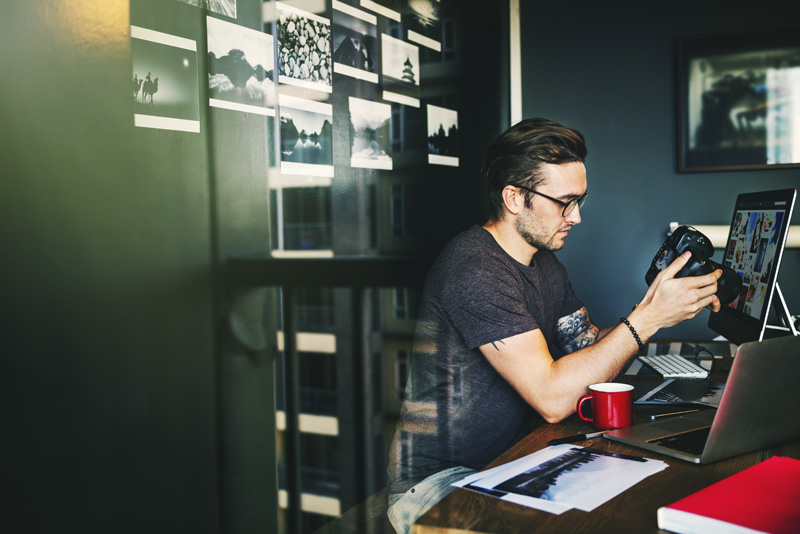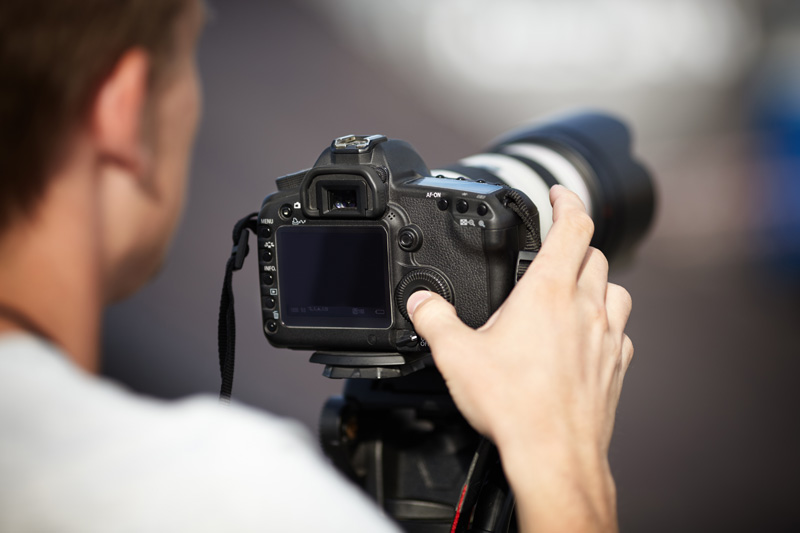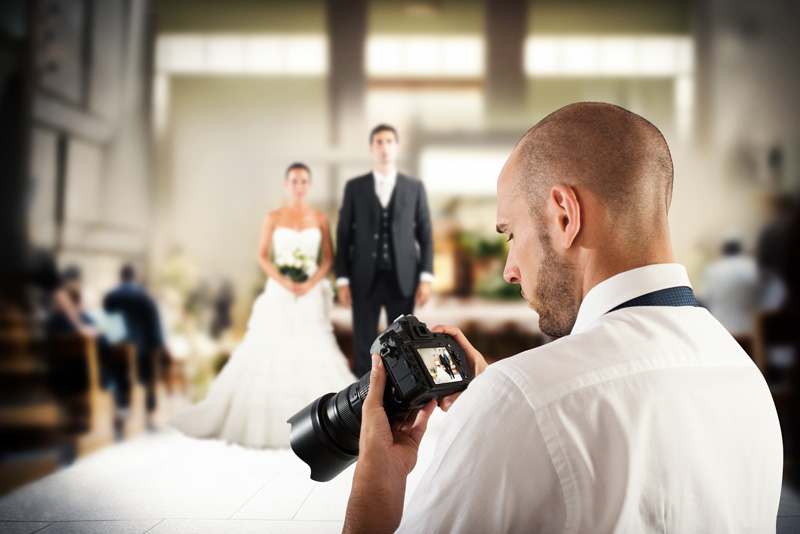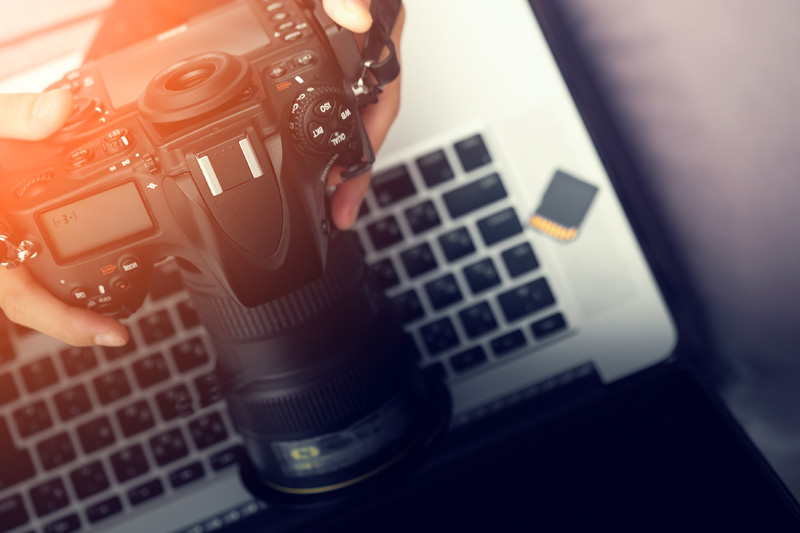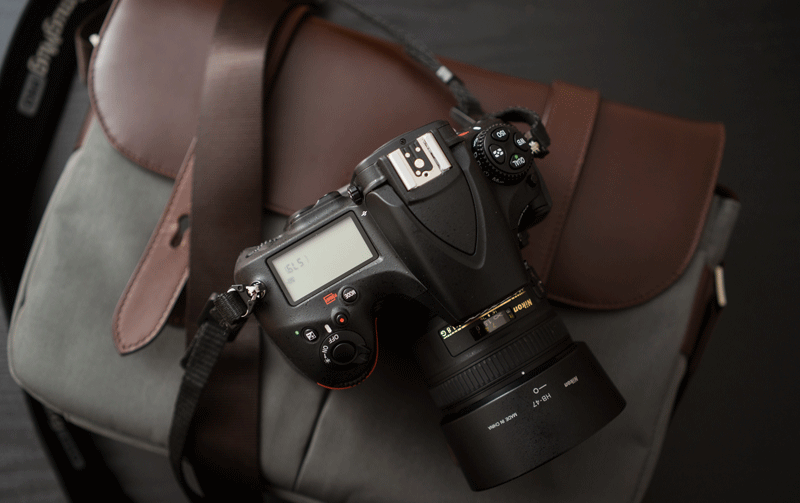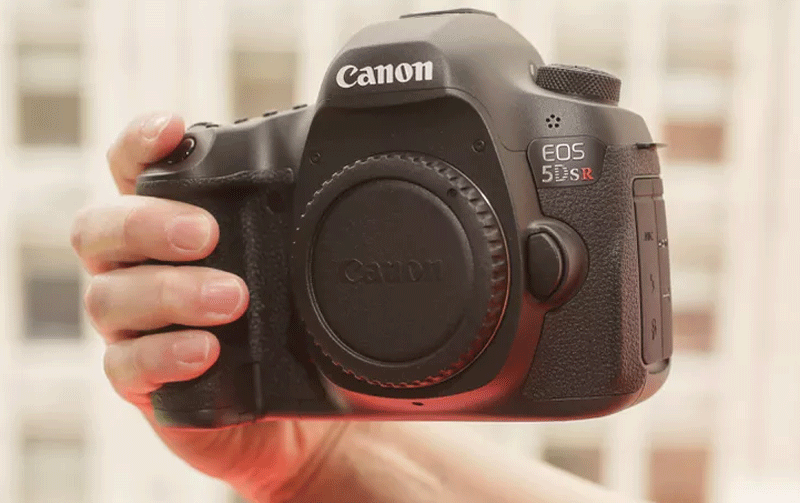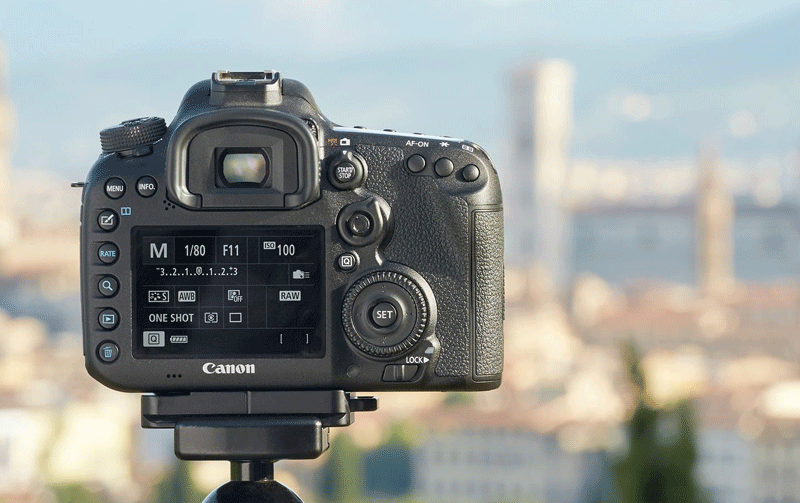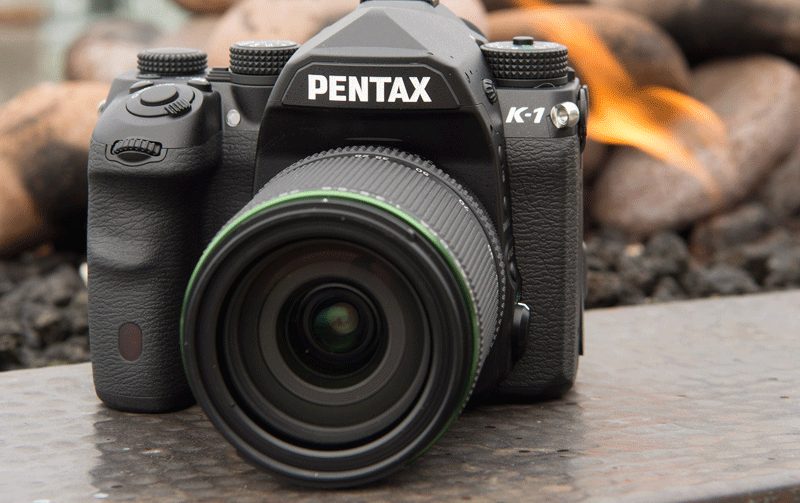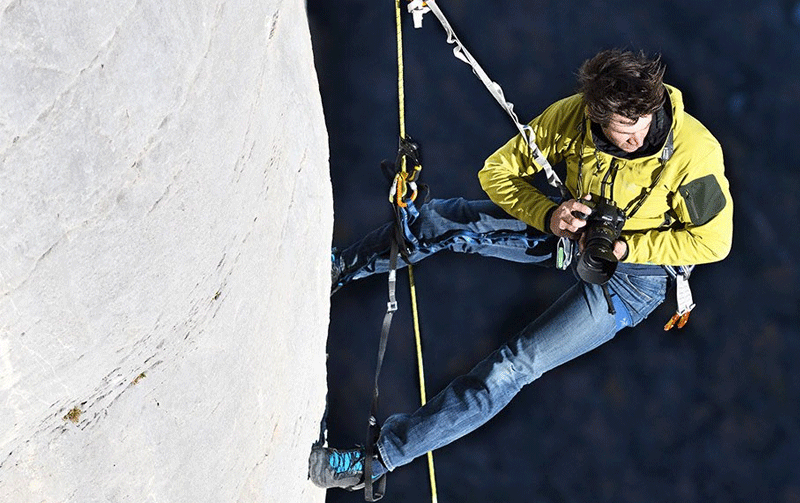Are you a travel photographer? It’s a beautiful sight to capture skylines and city landscapes with random passers-by and commuting vehicles against the backdrop of an approaching twilight.
But suppose you do something different for a change? Like focus your lens on the vista of an off-the-beaten track location. Sometimes the most beautiful pictures are the ones you spend alone with nature.
Use your travel camera to tell the story of the power of solitude; a setting sun in the Swedish Lapland, the sun-kissed plains of New Zealand or the pyramidal building atop a sentinel mountain, overlooking the quiet village in Myanmar.
These are 5 amazing off the beaten track destinations for travel photographers in 2017.
Swedish Lapland
If you want a beautiful holiday with lots of opportunities to whet your photography appetite, Swedish Lapland is you go-to destination. Excite your inner explorer with this safari-style camping location and admire the beauty of the elusive Northern Lights from the perched comfort of a tree house.
From your vantage position in one the numerous camps, capture the natural vista of snow-blanketed landscapes and a setting sun behind a fir tree. It is a view that will inspire heavenly thoughts of nature for years to come.
New Zealand
They don’t call this place the “Land of the Long White Cloud” for nothing. Fans of Lord of the Rings trilogy will remember it as the shooting location for all three parts of the box office hit. Which makes it an amazing destination for your next photo shoot. Its gritty roads and remote paths are an ideal off-the-beaten path destination.
The soaring mountains, unique wildlife and ancient glaciers are perfect for the silver corners of a wall photo frame. However, you want to be careful as you sidle towards the edge of the mountain, because anything can happen. Get insurance that covers you. If you are in New Zealand, get a State New Zealand insurance policy to cover you. If you are in the French Alps, make sure you get the right policy. Some photographers get caught up in the lure of the perfect picture and experience unfortunate accidents.
Myanmar
Hop into a time machine and encounter Myanmar at its best. This unique country with its ancient cities, rich culture and magnificent monuments is a treasure trove of picturesque landscapes. It is undeniably a vision fest for a photographer with an eager eye.
Meet the Shan people who live by the Inle Lake, and from Mandalay, cruise down the Irrawaddy River and see the grandiose temple-strewn grasslands of Bagan. All perfect features for a spot behind your flashlight. No photographer has ever left Myanmar with any feeling short of breath-taken.
Sumba Island
What is an island without its hermit wildlife and solitary beach spots? It doesn’t come more off-the-beaten tracks than Sumba Island. Tucked away in one of the almost-forgotten regions of Indonesia, the Sumba Island is an hour’s flight from Bali.
The island is home to a resort with 21 villas, and a sworn policy to protect and preserve Sumba’s unique culture. Each villa has been artfully built by local craftsmen to provide a panoramic view worth preserving by your DSLR camera.
Oman
This country is renowned for its rolling sand dunes, rocky mountain ranges and breezy beaches. A sojourner once described Oman as the overlooked jewel of the Crown of the Middle East. Nevertheless, its plains off the best views as you meander through Muscats busy souks.
Don’t miss the Sultan’s stunning palace; a place that will leave you spellbound in wonder. Visit the Wahiba Sands and be hosted for a day at a traditional Bedouin camp. Then, venture into the mountains and take a leisurely stroll through time-honoured Arabic hamlets. bulkingstore
Every square foot in any of these destinations is a piece of history begging to be captured and preserved by your lens. Even nature wants its story to be told. The off-the-beaten track is indeed one of my favourite subjects for landscape photography. And after visiting these places, it will no doubt become yours too.


